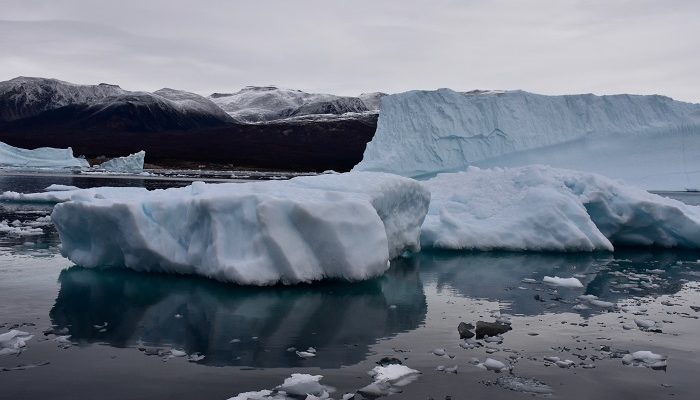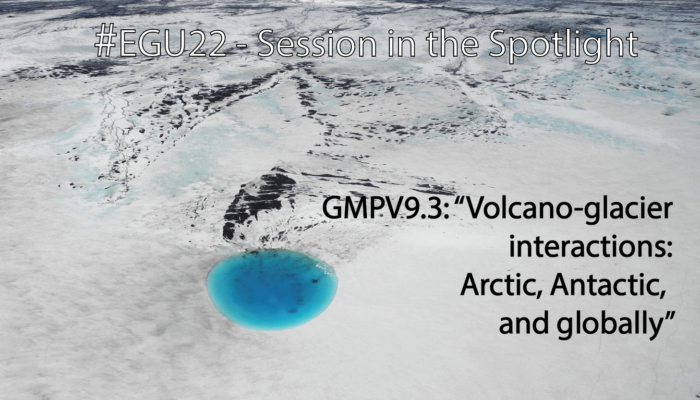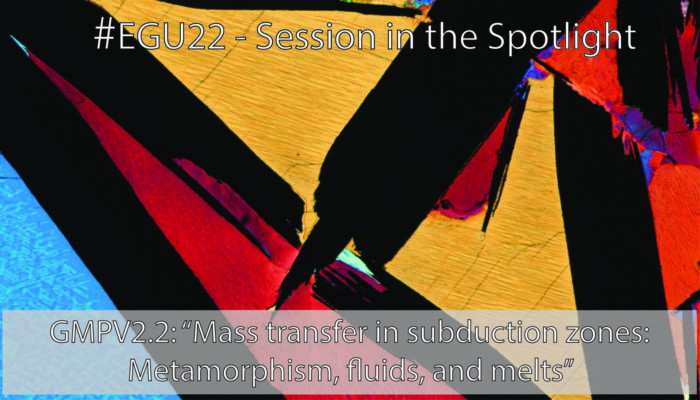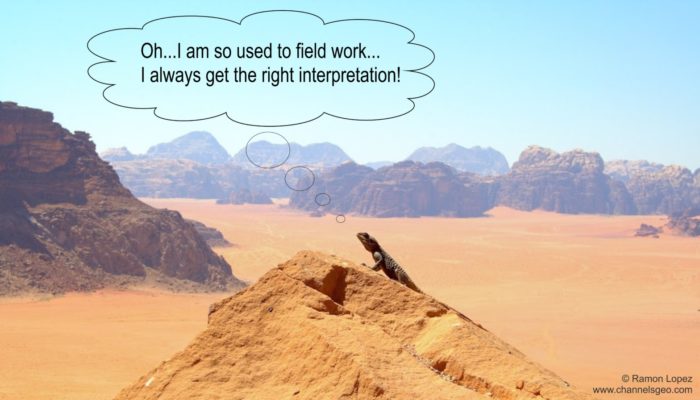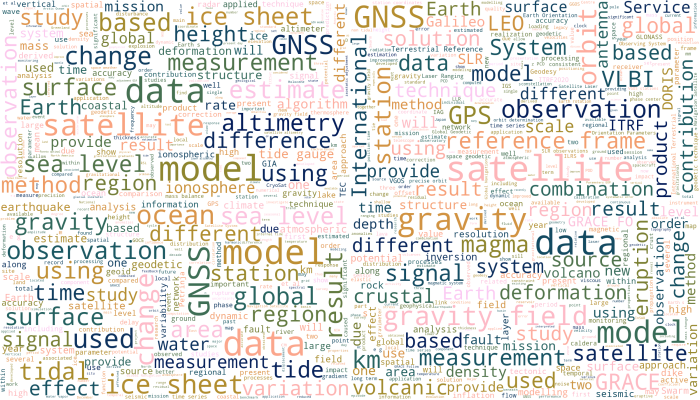The Geodynamics division of the European Geosciences Union is looking for a new Early Career Scientist representative (ECS Rep)! Our current ECS Rep (Anna Gülcher) will be stepping down at the EGU General Assembly 2022, which means that the amazing opportunity is open for you to take on this role! In this blog, Anna talks about the tasks involved in being an ECS Rep, the advantages of taking on th ...[Read More]
If you didn't find what you was looking for try searching again.
GeoLog
GeoPolicy: What’s new in 2022?
2021 was yet another year of uncertainty, with many changes and disruptions to our plans, activities, and goals. EGU’s science for policy programme was no exception to this with the Science for Policy Pairing Scheme and annual Science for Policy Event taking a back seat. We hope that 2022 will not only bring new activities but also rekindle those that were put on hold as a result of the pandemic. ...[Read More]
Tectonics and Structural Geology
TS Must-Read – Molnar & England (1990): Late Cenozoic uplift of mountain ranges and global climate change: chicken or egg?
The idea that the Pleistocene glaciation was caused by a late Cenozoic rise of mountain ranges had been developed since the mid 19th century. Although this original idea did not hold, new arguments for a relation between a late Cenozoic uplift of mountains and global cooling were presented from the 1970s onward. These arguments focused on how increased surface elevations would affect the albedo, t ...[Read More]
Cryospheric Sciences
Climate Change & the Cryosphere: Fjord sediments reveal how melting ice impact the marine ecosystem
It is scary how fast the Greenland Ice Sheet is melting and how much freshwater it is discharging to the coastal areas around Greenland. This freshening is having a serious impact to coastal marine primary production, which is the foundation of the Arctic marine food web. Now, because of increased melting and freshwater discharge, we need to understand how coastal ecosystems will react. How will A ...[Read More]
Geochemistry, Mineralogy, Petrology & Volcanology
#EGU22 session in the spotlight: Volcano-glacier interactions: Arctic, Antarctic, and globally
The #EGU22 abstract submission is almost here – less than a week until it closes on January 12th at 13:00 CET. So it is time to wrap up our sessions in the spotlight with a last highlight – the interdisciplianry session GMPV9.3 “Volcano-glacier interactions: Arctic, Antarctic, and globally“. This session is organized by a diverse team consisting of Eva Eibl, Iestyn Barr, Ad ...[Read More]
Geochemistry, Mineralogy, Petrology & Volcanology
#EGU22 session in the spotlight: Mass transfer in subduction zones: Metamorphism, fluids, and melts
How to better start the new year than with submitting your abstract to #EGU22? In case you still did not find the right session yet, we have another great session in the spotlight today – GMPV 2.2 “Mass transfer in subduction zones: Metamorphism, fluids, and melts“, which focusses on the fundamental role fluid and melt expulsion from the slab plays in subduction zones. This inter ...[Read More]
Stratigraphy, Sedimentology and Palaeontology
Psychology in outcrop studies: heuristic biases – our ‘best’ enemies?
There are not many scientific publications that tackle the issue of subjectivity in geological studies and its impact. In one of them, Baddeley et al. (2004), they state it clearly in some sentences: “the judgements of experts can be biased by their use of heuristics to guide the formation of their opinions” or “accepted or prior opinions of existing experts certainly affect the judgement of other ...[Read More]
Hydrological Sciences
2021 Recap of the HS Blog
It’s the end of 2021! For our HS Blog, it is time to recap what we have published during the year (in case you want to go further back in time, you can also check the 2019 and the 2020 recaps). In 2021, we published 23 posts, covering a large range of topics, as you can see below. We warmly thank all the authors and contributors that made it possible. We hope you have enjoyed reading their c ...[Read More]
Geodynamics
The Sassy Scientist – A PhD Carol
It’s Christmas! Time for celebration! Time to write your EGU abstract! Time to unwrap your presents! And for some, time to start writing yor PhD dissertation! Rudoplh is one of the lucky ones! But he has a question: How should I start on my PhD dissertation? Dear Rudy, What better time to get started on your dissertation than during the Christmas holidays? I recommend to start writing during ...[Read More]
Geodesy
Geodesy Division Year In Review 2021
With 2021 coming to an end, we wanted to wrap up the year with a blog post summarizing all the things that happened within the Geodesy division. And, although we are still in the middle of a pandemic, there are a number of things to look forward to in 2022! Looking back on 2021 New Division Team 2021 was a year with many changes in the Geodesy Division. Outgoing Division President Johannes Böhm ha ...[Read More]




